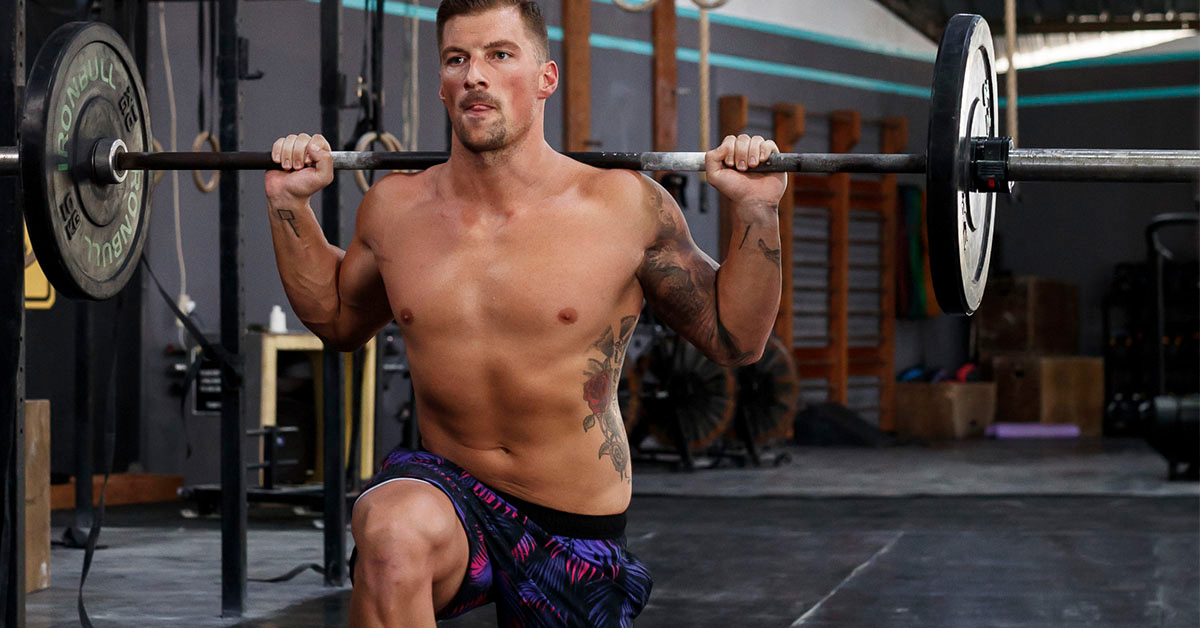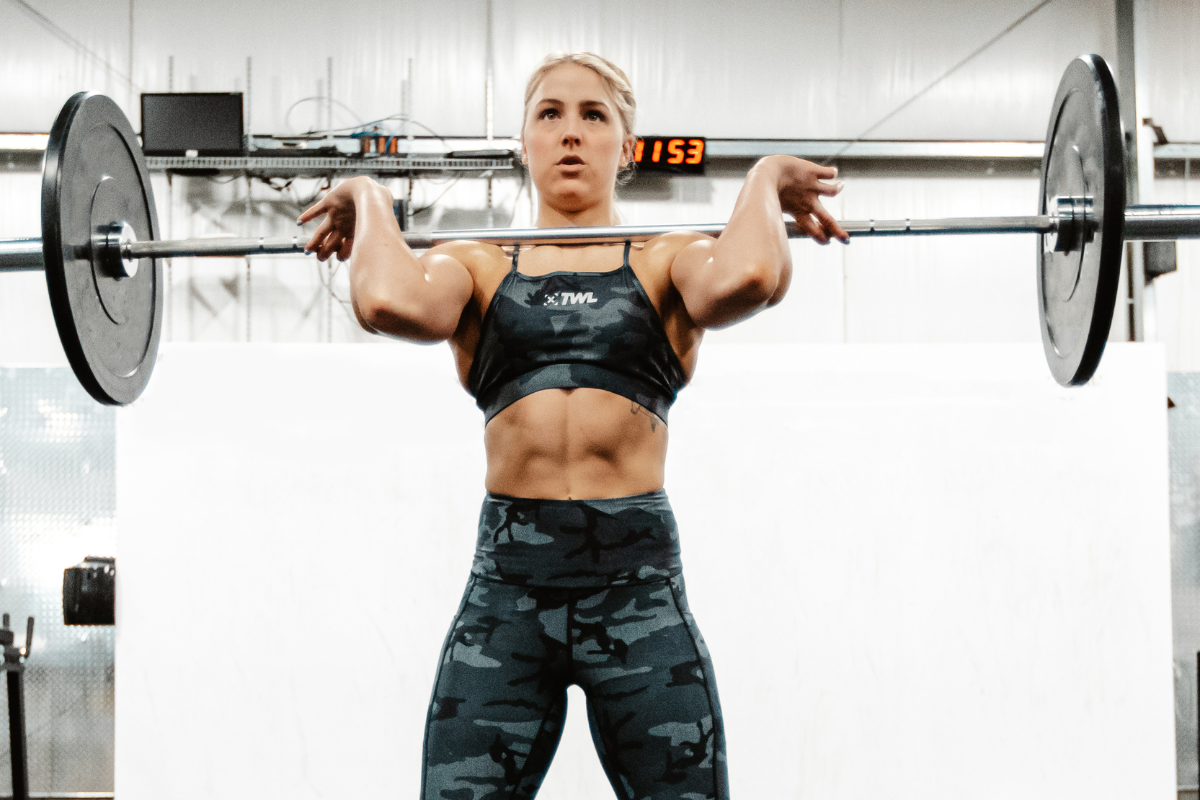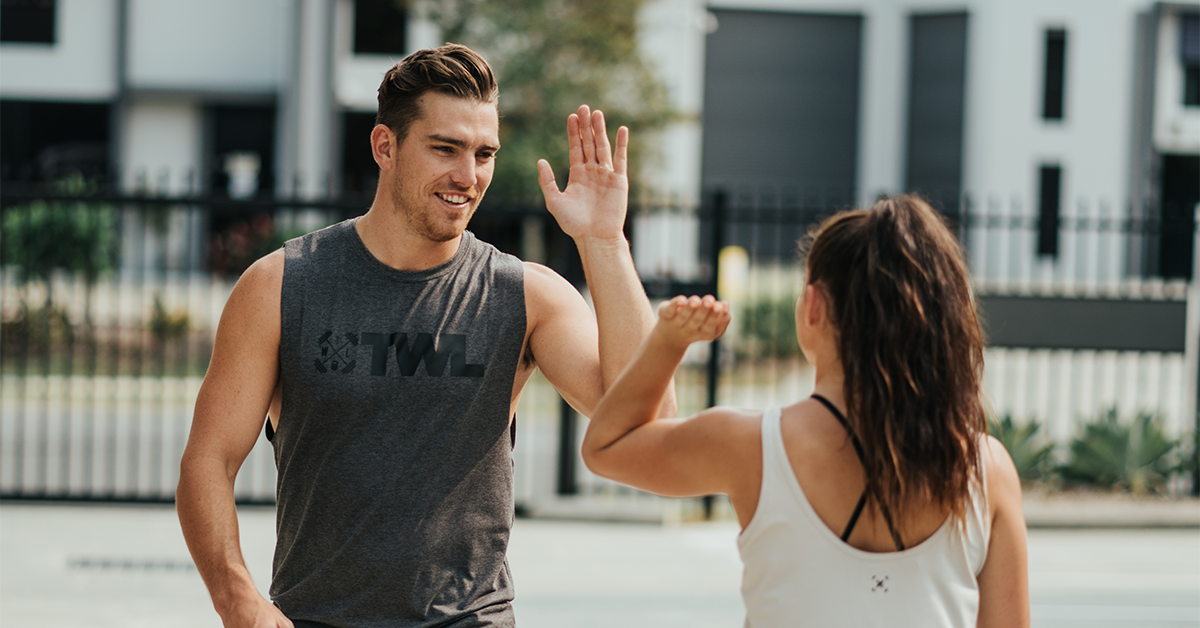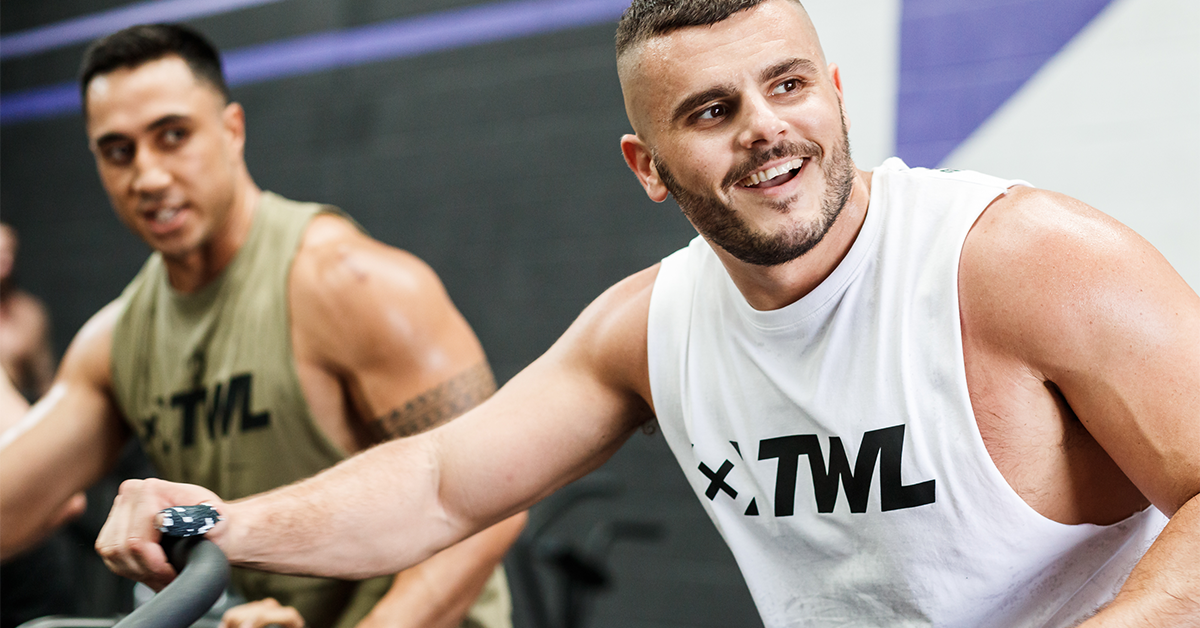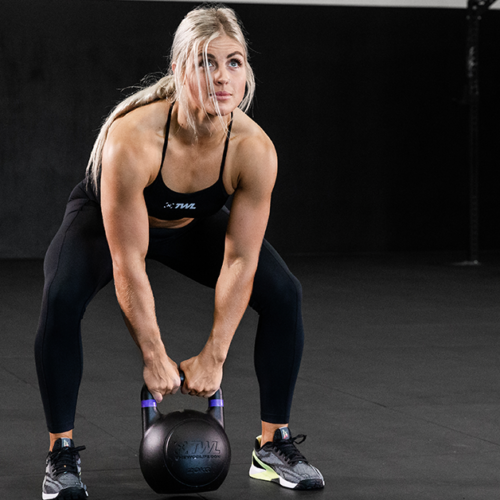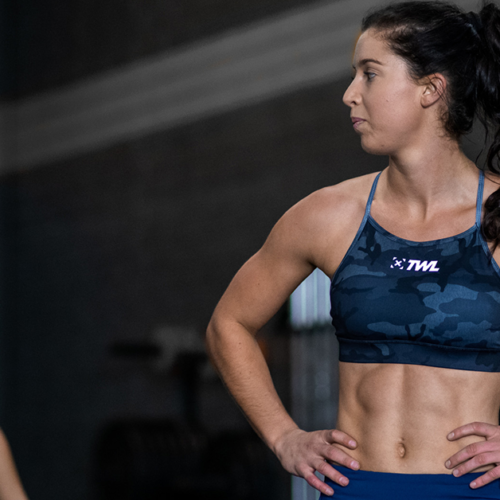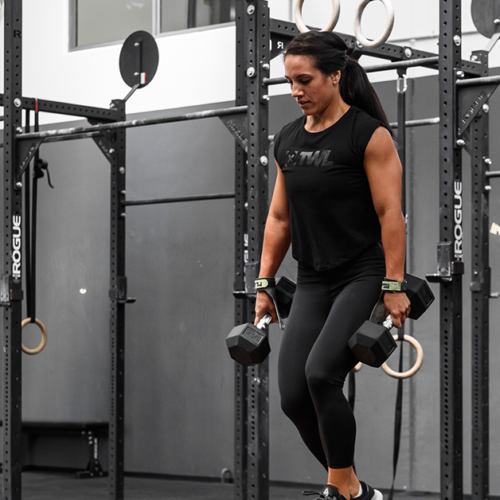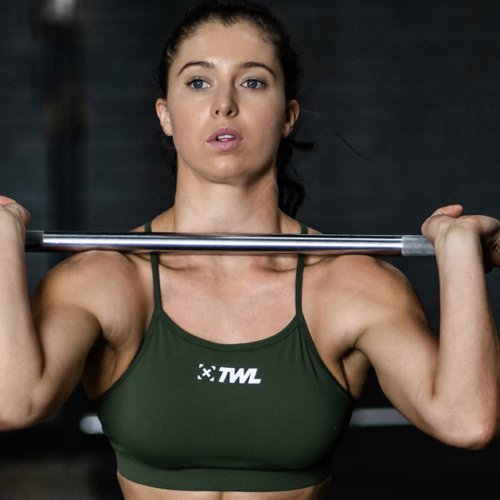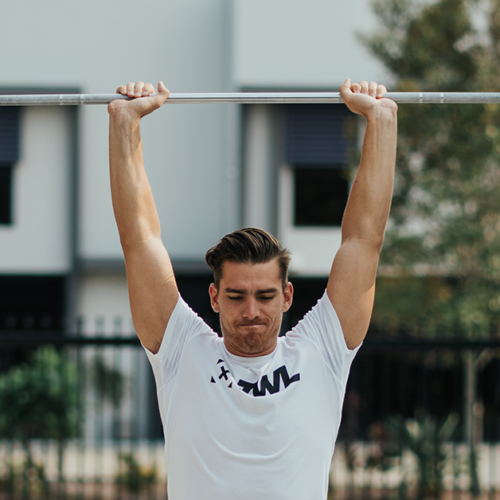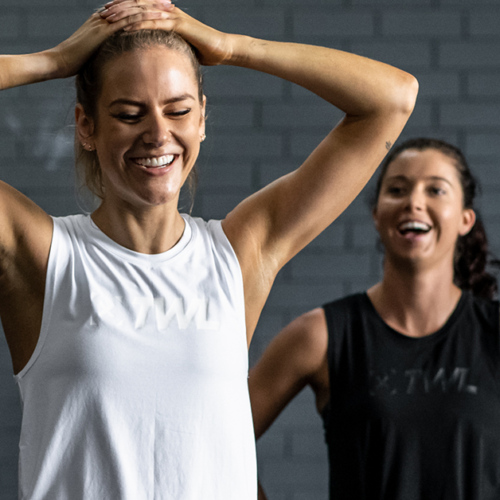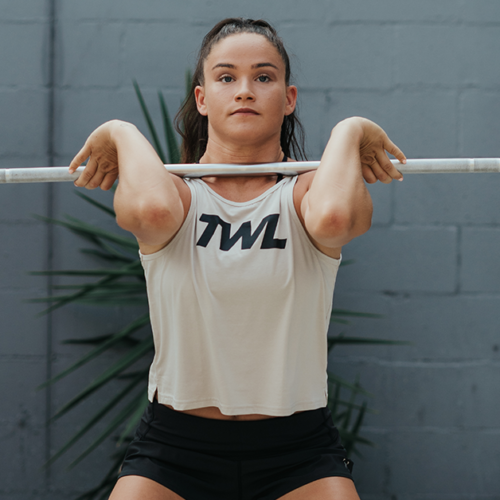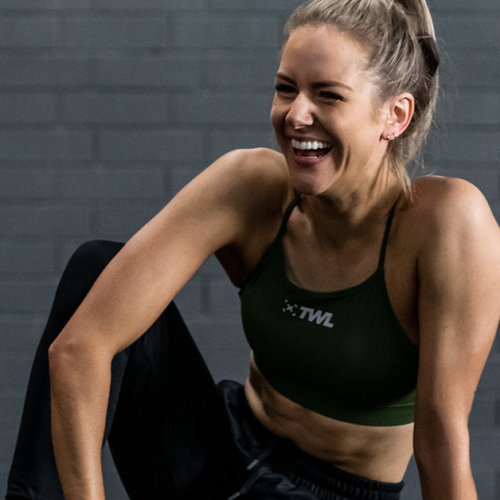The debate surround training twice a day seems to be a uniquely CrossFit problem. Perhaps it’s the nature of the sport – so much to work on in so little time – or maybe it’s the glorification of athletes like Rich Froning and Jacob Heppner who seem to work out more in one day than the rest of us work out in a week. Regardless of the reason, training twice a day has become a trend in many CF gyms – not just by elite athletes but everyone. Here are the pros and cons of training twice a day.
The Pros and Cons of Training Twice a Day
Pro: Focus on Weaknesses
The hardest part about CF is you have to be so good at so many different things. It’s simply not good enough to only be good at Olympic lifting or only have a big engine. Whether it’s in the Open or a local competition, if you’re a one-trick pony, you will undoubtedly get exposed.
By adding a second session in a day, it affords you more time to shore up those weaknesses – whether it be skill-, engine-, or strength-based. Perhaps the greatest strength of training twice a day is the opportunity to fill in those gaps and become a more well-rounded athlete.
https://www.instagram.com/p/B2pVAgWHY-s/
Con: Risk of Overtraining
This is the big one. Overtraining is like the boogie man in fitness circles. Some people say it doesn’t exist, only under-recovering does – which, I guess, is true to an extent. But don’t get it twisted. Overtraining is a very real thing.
In case you’re unaware of what overtraining is, it’s when your training outweighs your body’s ability to properly recover. Symptoms often include a lack of motivation, lowered sex drive, prolonged soreness, plateauing, etc. – sorry for sounding like a 2:00 A.M. drug commercial. Proper recovery – eating and sleeping enough – can help mitigate or starve off the effects of overtraining, but only for a time.
The athletes who are most at risk for overtraining are those gluttons for metcons. They do the class workout, then head to the back room to hit that CompTrain piece and then oh, that Misfit piece from the other day looked good. Let’s do that too! The body can only handle so much intensity for so long. It’s kind of like a paper clip. You can bend and bend a paper clip back and forth for so long until one day, snap. That’s overtraining.
https://www.instagram.com/p/B2mwJ9Xn1xX/
One final note on this…
Injury
I intentionally left out one major facet of overtraining to talk about it in greater detail – an increased risk of injury. One of the telltale signs of overtraining is a growing list of little, nagging injuries. It’s your body’s inability to recover properly.
I also find this more prevalent in the CF space where there’s a prerequisite of mobility and strength required for so many movements. If you’re lacking in either department for a specific movement – let’s say an inability to do strict pull-ups but you can kip until the cows come home – and you decide to add more volume through a second session instead of shoring up those deficiencies, you’re on the fast track to be placed on the injured reserve.
Pro: Time to Develop Skills/Technique
Training twice a day is a great way to learn new skills or become more efficient in the ones you already have. With normal class times usually limited to an hour, it doesn’t always lend itself to the most productive skill work time.
https://www.instagram.com/p/B2i5cVdHexk/
Not to mention, with so many things to work on – as mentioned previously – you might work on handstand push-ups one day and then not touch them again for another two weeks. If you want to develop a new skill or attack a weakness, you need to be working on it more than once in a blue moon. An extra session will give you the necessary time to work through progressions and the frequency needed to conquer a new skill.
Con: The Overall Time Commitment
Time is a precious commodity, maybe the most precious. Sorry to sound like a Hallmark card, but it’s true. Everyone – from the newbie who just walked through the doors to Mat Fraser – is only given 24 hours in a day. You need to ask yourself: Is the extra time at the gym worth it, or does it take away from other aspects of my life?
Remember, that 30-minute training session you added to your day may not include travel time, warm-up, and general shenanigans with the other members at the box. Rarely, if ever, do I see athletes who do multiple sessions a day come in, do their business, and head out like they’re clocking out on an assembly line.
https://www.instagram.com/p/B2gUxb3nId5/
Pro: Get Better Faster? – Maybe
This one seems like a no-brainer, right? If you progressed this much only training once a day, five times a week, if you double that, then you should progress even faster. Is that right? How about this: If you get prescribed medicine to take once a day for a week to make you feel better, if you take it all at once, you should be better by tomorrow, right? Maybe not a 1-to-1 example, but you get the idea.
More isn’t always better, but hey, that’s our culture. We’re addicted to more – more cars, more clothes, more money. But the body doesn’t always respond that way. Ideally, the goal would be to make the most amount of gains with the least amount of work. If you were training to run a four-minute mile and logging 40 miles per week and making progress, what benefit would adding an additional 80 miles have, aside from taking more time and creating a potential for injury?
https://www.instagram.com/p/B2WB-T3Ha-j/
It’s important to understand which type of athlete you are and optimize your training to fit that. Some athletes need to run that 120 miles to make progress, but if you’re a 40-mile athlete – first thank God that’s the case – then enjoy the extra free time and don’t get conned into thinking more is the answer.
“So, why did you list this under Pro?” Because, despite everything I just said, some people do get exceedingly better from more volume. They can just keep adding volume on top of volume and they somehow manage to adapt and recover. Chalk it up to good genes or youth or drugs (can’t forget that one), I guess. A lot of CF athletes fall into this category.
Look at Rich Froning and the insane amount of volume he does, even to this day, and he continues to just keep getting better. The key is just figuring out which athlete you are and adjust volume accordingly.
https://www.instagram.com/p/B2Z4cJxHSKL/
Con: Balance
What is your why? I think everyone seriously considering adding additional training to their plate needs to ask themselves this question. Is it because you have aspirations of competing at a high level or love pushing yourself to find out what your body is capable of, or is it ego-driven?
Before the Games, before the Sport of Fittest, we did CF simply to lead a healthier and higher quality life. Too often, I see people stuck in this cycle of gaining fitness to gain more fitness to gain more fitness, instead of expressing said fitness. It’s all too easy in CF to go down this rabbit hole. Balance is tricky, not just in the gym but in all aspects. Finding the right balance between the gym and everything else will help create consistency and longevity in the fitness space.
Final Verdict
Training twice a day isn’t inherently bad. It’s more about what that second session looks like. What’s the intensity level? Are you recovering properly? Are you attacking your weaknesses, being thoughtful, or just doing more? Are you budgeting your time effectively? And so on. If you can check all these boxes, then training twice a day might be right for you.

